


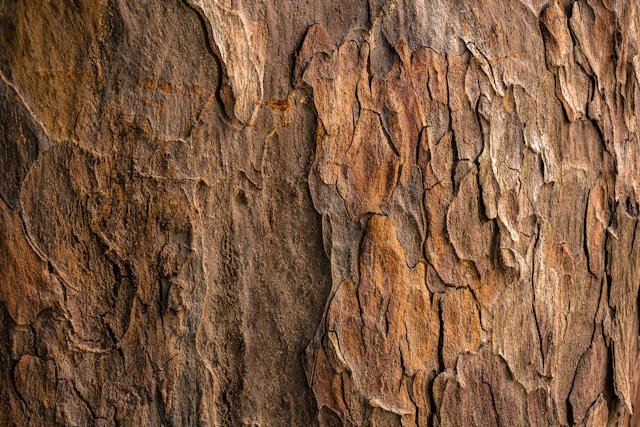
Exploring the Beauty and Functionality of Patterned Bark in Trees
Patterned bark, as seen in trees like the cherry tree, not only adds visual appeal but also plays crucial roles in gas exchange and water regulation. Distinctive patterns such as horizontal lenticels or vertical stripes contribute to the tree's overall aesthetic allure while facilitating essential metabolic processes. Understanding the ecological significance of patterned bark enhances our appreciation for the functional beauty of trees in natural ecosystems.
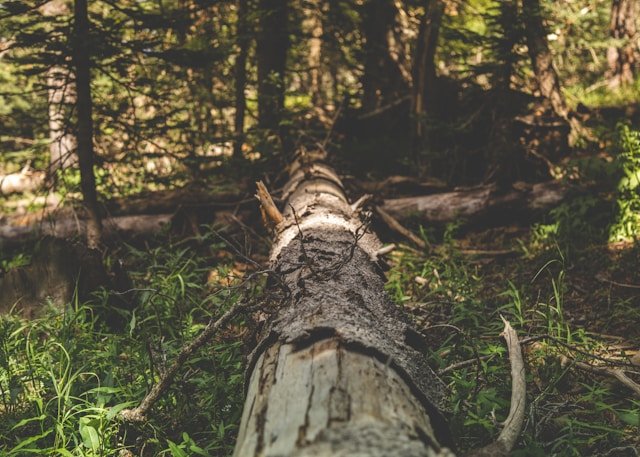
Flaky Bark: Nature's Defense Against Pests
Flaky bark, found in trees like the sycamore and paperbark maple, acts as a natural defense against pests and pathogens. Its peeling nature deters pests from establishing themselves on the tree's surface, making it difficult for them to gain a foothold. This constantly renewing outer layer helps maintain tree health by removing potential sources of infection or infestation, contributing to the resilience of these tree species in their ecosystems.
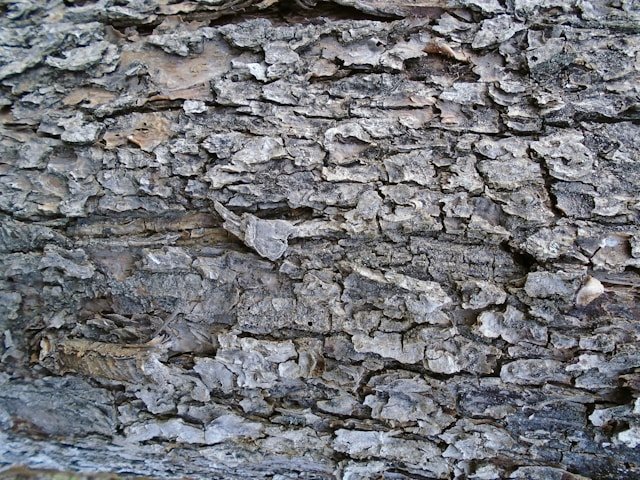
The Functional Beauty of Flaky Bark in Trees
Flaky bark, as seen in trees like the sycamore and paperbark maple, plays a crucial role in tree self-maintenance and health. Its characteristic peeling allows trees to shed damaged or diseased outer layers, promoting vitality and protecting against pests. This unique bark type not only adds aesthetic appeal with its interesting textures but also contributes significantly to the resilience and beauty of these tree species.
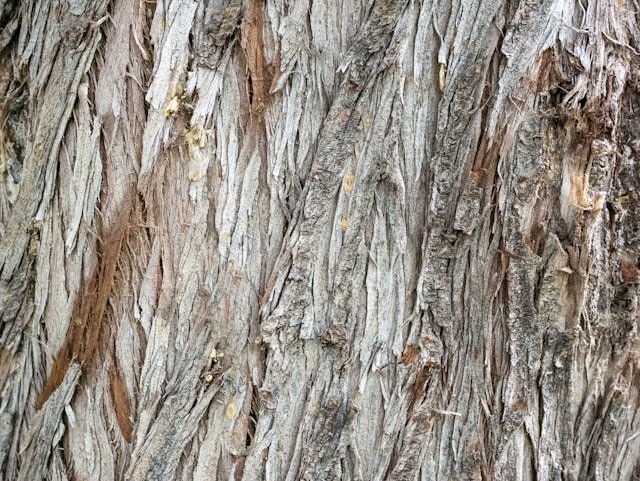
The Protective Advantages of Rough and Textured Bark in Trees
Rough and textured bark, found in trees like oaks and pines, provides essential protection against environmental stressors such as wind, rain, and temperature fluctuations. Its thick, rugged surface offers insulation, defends against physical damage, and supports biodiversity by creating habitats for various organisms. This durable bark highlights the adaptability and resilience of these tree species, contributing to their survival in diverse conditions.
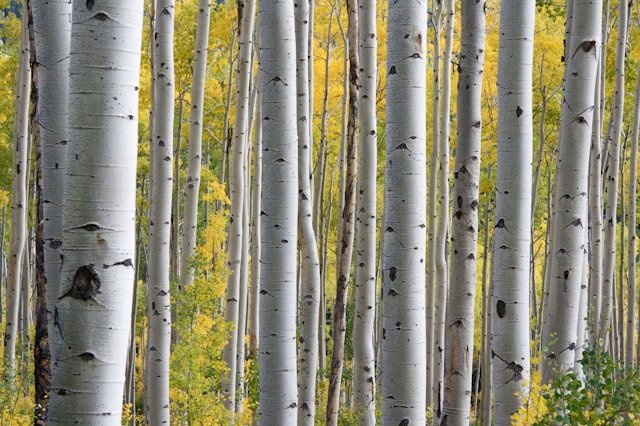
The Unique Characteristics and Benefits of Smooth Bark in Trees
Smooth bark, found in trees like beech and birch, offers significant ecological benefits. Its sleek surface deters fungi and insects, reduces physical damage, and allows efficient shedding of outer layers. Additionally, smooth bark helps regulate temperature and adds aesthetic appeal to landscapes, highlighting the adaptability and resilience of these tree species.
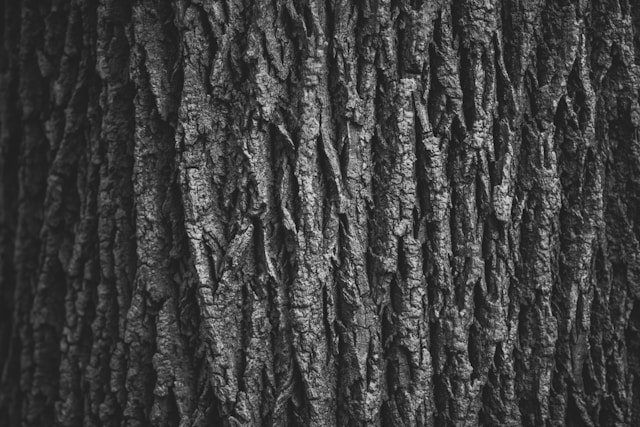
The Diverse World of Tree Bark: A Study of Nature’s Protective Armor
Tree bark varies greatly between tree species, showcasing a range of textures from smooth to rough, and colors from white to rich red. These differences serve multiple ecological functions, including protection from environmental stressors, pest deterrence, and aiding in water retention and gas exchange. Additionally, some bark has distinctive scents that can repel insects, highlighting the adaptability and resilience of trees in diverse environments.
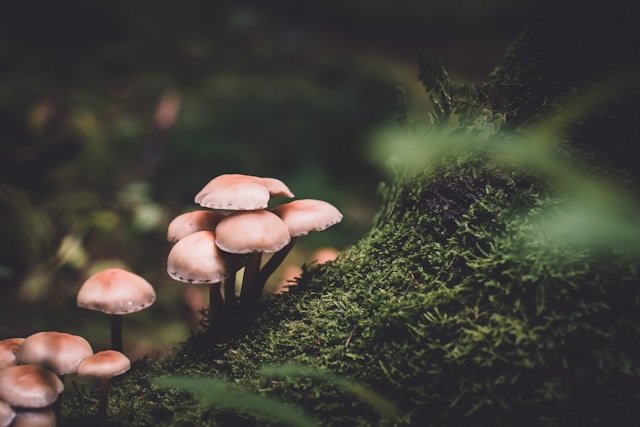
The Remarkable Role of Mushrooms in Tree Ecosystems
Mushrooms play a crucial role in tree ecosystems by decomposing organic matter, enriching the soil with nutrients, and forming symbiotic relationships with tree roots. While some mushrooms are edible and others toxic, they all contribute significantly to tree health and ecosystem biodiversity. Their presence supports nutrient cycling, enhances soil fertility, and aids in tree growth and protection.
